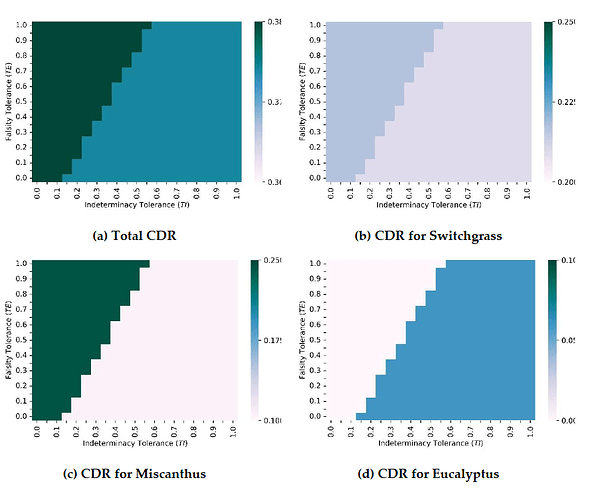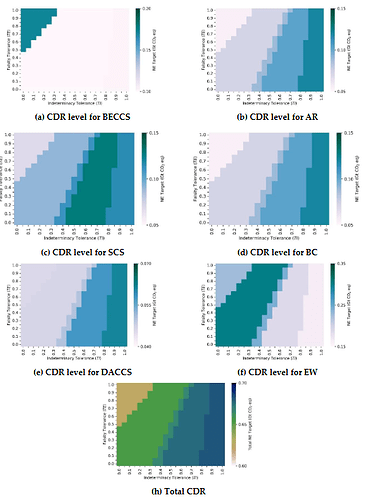Planning Negative Emissions Technologies Portfolios Under Neutrosophic Environment
This week, we take a deep dive into a paper recently published in Neutrosophic Sets and Systems. The study was conducted by Professors J. F. D. Tapia and M. V. Migo-Sumagang from the Department of Chemical Engineering of De La Salle University Manila and the University of the Philippines, respectively, in the Philippines.
This study presents a novel decision-making framework for planning portfolios of Negative Emissions Technologies (NETs) under conditions of deep uncertainty. Indeed, the large-scale implementation of NETs requires limited resources like land, water, and energy, and their performance is marked by significant uncertainties. Effectively managing these uncertainties is crucial in NET portfolio modeling, as they directly influence optimization outcomes. Yet, most existing studies fall short, often relying on post-optimization sensitivity analyses that fail to fully capture the inherent uncertainty in NET performance.
The core contribution of this paper lies in the integration of Neutrosophic Sets—an advanced form of fuzzy logic that accounts for truth, indeterminacy, and falsity—into a multi-criteria decision-making (MCDM) process. This allows for a more nuanced representation of expert judgments and the uncertainty inherent in emerging climate technologies. In this paper, the authors develop a structured model that (1) evaluates multiple NET options based on economic, environmental, social, and technical criteria; (2) uses Neutrosophic AHP and TOPSIS methods to rank alternatives while capturing the ambiguity and conflicting information typical of early-stage technology assessment; (3) demonstrates the model through two case studies, showing how decision-makers can tailor portfolios by adjusting weights and uncertainty levels across criteria.
The first case study focuses on a portfolio of BECCS using dedicated energy crops, to be implemented in the Association of Southeast Asian Nations (ASEAN) region in 2050. The second case study involves the optimization of a NET portfolio with different technologies, always within the implementation scenario of the first case study (the ASEAN region in 2050). The study focuses on land-based NETs, including BECCS, AR, SCS, BC, EW, and DACCS.
Results show that the application of the neutrosophic approach improves decision robustness in complex and ambiguous settings. The model identifies optimal NET portfolios that balance performance and uncertainty better than traditional fuzzy or crisp methods. Sensitivity analysis confirms the flexibility and adaptability of the model across different stakeholder perspectives. This paper provides the first integration of neutrosophic logic into NET portfolio planning, leading to a generalizable decision support tool for climate policy under high uncertainty.
Here is a list of the main takeaways of this paper:
- Neutrosophic logic enhances decision-making by explicitly modeling truth, falsity, and indeterminacy in expert evaluations of NETs.
- The proposed AHP-TOPSIS framework effectively prioritizes NET portfolios under deep uncertainty and multi-criteria trade-offs.
- Resource constraints and uncertainty are critical in NET planning and must be addressed beyond traditional sensitivity analysis methods.
- Stakeholder perspectives significantly shape outcomes, and the model adapts flexibly to diverse values and preference structures.
- The approach supports more robust climate planning, offering a practical tool for governments and organizations exploring NET deployment.
Read the full paper here: Planning Negative Emissions Technologies Portfolios Under Neutrosophic Environment

